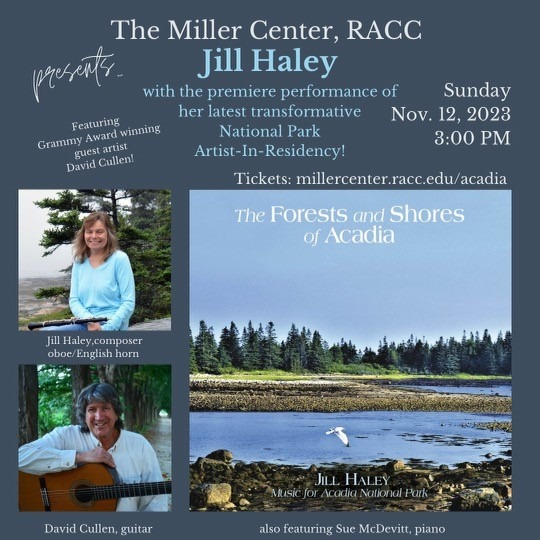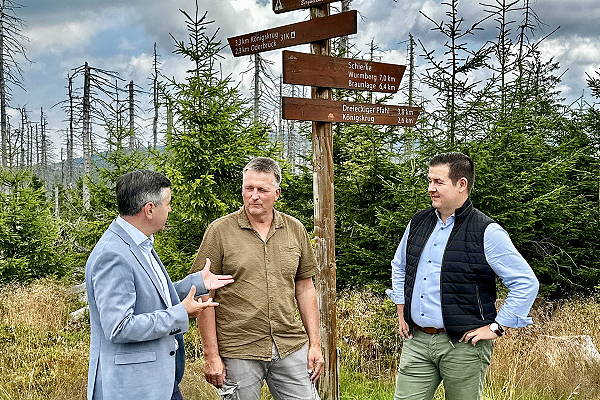### How Far Will Honey Bees Travel: Discover the Fascinating Journey of Nature's Pollinators
Honey bees are remarkable creatures known for their essential role in pollination and honey production. One of the intriguing questions that many people hav……
Honey bees are remarkable creatures known for their essential role in pollination and honey production. One of the intriguing questions that many people have is, **how far will honey bees travel** in search of food and resources? Understanding their foraging behavior not only highlights the incredible adaptability of these insects but also sheds light on the importance of protecting their habitats. In this article, we will explore the distances honey bees can travel, the factors that influence their foraging range, and the implications for agriculture and biodiversity.
#### Understanding Honey Bee Foraging Behavior
Honey bees are social insects that live in colonies, typically consisting of a queen, worker bees, and drones. Worker bees are responsible for foraging, and their primary goal is to collect nectar and pollen to sustain the colony. On average, **how far will honey bees travel** can vary significantly based on several factors, including the availability of food sources, environmental conditions, and the specific species of honey bee.
#### The Average Foraging Distance
Research indicates that honey bees can travel anywhere from 1 to 5 miles from their hive in search of food. However, under optimal conditions, they may venture even further, up to 8 miles or more. The distance they travel is influenced by the abundance of flowering plants in the vicinity. If food sources are scarce, bees will extend their foraging range to ensure the survival of their colony.

#### Factors Influencing Foraging Distance
Several factors can impact how far honey bees will travel:
1. **Availability of Resources**: When there is a rich supply of flowers nearby, bees tend to forage within a shorter distance. Conversely, if resources are limited, they will travel further to find food.
2. **Environmental Conditions**: Weather plays a crucial role in bee foraging. Bees prefer to forage in warm, sunny conditions and may limit their travel during rainy or windy weather.

3. **Colony Needs**: The specific needs of the colony, such as the stage of development or the time of year, can also affect foraging behavior. For example, during peak honey production seasons, bees may travel further to gather nectar.
#### The Importance of Pollination
Understanding **how far will honey bees travel** is not just an academic exercise; it has significant implications for agriculture and biodiversity. Honey bees are responsible for pollinating a wide variety of crops, including fruits, vegetables, and nuts. Their foraging behavior directly impacts food production and ecosystem health. By knowing their foraging range, farmers can plant crops that are more accessible to bees, thereby enhancing pollination efficiency and crop yields.
Moreover, protecting habitats that support diverse flowering plants is crucial for maintaining healthy bee populations. Urbanization, land use changes, and pesticide use can all reduce the availability of food sources, forcing bees to travel further and potentially leading to colony stress and decline.

#### Conservation Efforts
To ensure the survival of honey bees and their vital role in our ecosystems, conservation efforts are essential. Planting bee-friendly gardens, reducing pesticide use, and supporting local beekeepers can all contribute to healthier bee populations. By fostering environments where bees can thrive, we can help maintain the delicate balance of our ecosystems.
In conclusion, the question of **how far will honey bees travel** is a window into the complex world of these extraordinary pollinators. Their ability to adapt and forage over varying distances is a testament to their resilience and importance in our world. By understanding and supporting their needs, we can play a part in safeguarding these essential creatures for future generations.